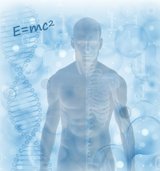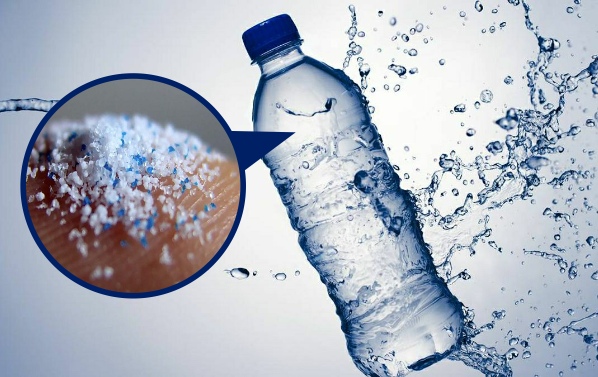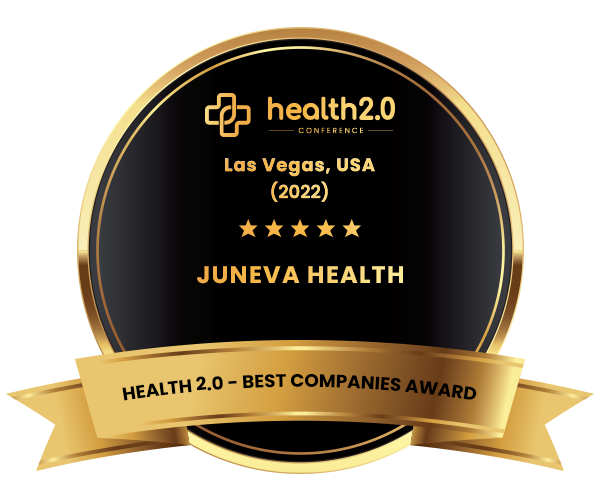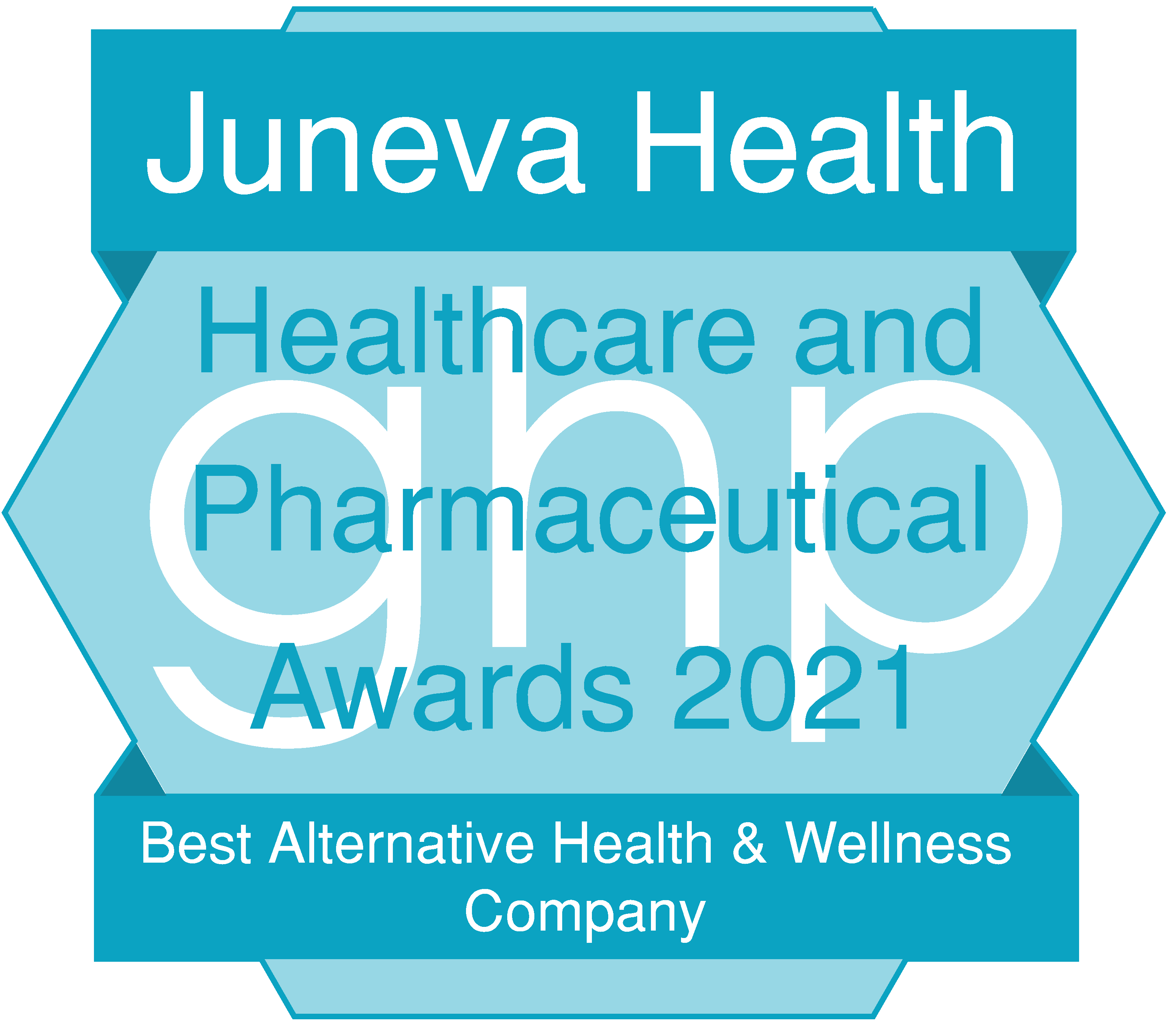Health and Wellness
Bottled Water is Full of Tiny Plastics
Americans now purchase upwards of 15 billion gallons of bottled water each year. Little do they know each bottled liter is teeming with a quarter million tiny plastic particles, according to research published earlier this month.
The study, published in the Proceedings of the National Academy of Sciences, showed roughly 240,000 detectable plastic particles in a typical liter of bottled water—10 to 100 times more than previously estimated.
“Previously, this was just a dark, uncharted area. Toxicity studies were just guessing what’s in there,” said study coauthor Beizhan Yan, PhD, an environmental chemist at Columbia University’s Lamont-Doherty Earth Observatory, in a news release. “This opens a window where we can look into a world that was not exposed to us before.”
Here’s how these plastics can impact your health and what you can do to minimize potential effects, according to experts.
What Types of Plastics Are in Bottled Water?
Yan and his colleagues used a technique involving two lasers called stimulated Raman scattering (SRS) microscopy to detect the plastic particles and used machine learning to identify them.
The researchers tested three popular bottled water brands sold in the U.S. but declined to name which ones. In each liter, which is equivalent to about 4 cups, they found 110,000 to 370,000 particles.
About 90% of the particles identified in the water were nanoplastics and 10% of them were microplastics, the authors wrote.
Microplastics are small plastic pieces that range in size from 1 micron to 5 millimeters in diameter. At the larger end of the spectrum, they can be about the size of a pencil eraser, according to the National Ocean Service.
Nanoplastics are even smaller, ranging in size from 1 nanometer to 1 micron, Anna Marie LaChance, PhD, lecturer in the Department of Chemical Engineering at the University of Massachusetts Amherst, told Verywell in an email.
“For perspective, human hair ranges from 50 to 120 microns wide,” LaChance said.
The researchers also found other common plastics in bottled water, including:
- Polyethylene terephthalate (PET)
- Polyamide 66 (PA)
- Polypropylene (PP)
- Polyethylene (PE)
- Polystyrene (PS)
- Polyvinyl chloride (PVC)
- Polymethyl methacrylate (PMMA)
“There is a huge world of nanoplastics to be studied,” Wei Min, PhD, study coauthor and Columbia biophysicist, said in a news release.
“It’s not size that matters. It’s the numbers, because the smaller things are, the more easily they can get inside us.”
Are These Plastics Harmful to Your Health?
At this time, researchers do not have enough evidence yet to determine how these plastic particles impact our health, Arie Francis, MD, an emergency medicine physician who specializes in medical toxicology and emergency medicine at Stony Brook Medicine, told Verywell.
“There isn’t conclusive evidence that plastics, in and of themselves, can cause toxicity, but that doesn’t necessarily mean that they can’t,” Francis said. “The absence of that evidence doesn’t mean that it’s a risk-free endeavor.”
According to the Environmental Protection Agency, two types of chemicals commonly found in water, called PFOA and PFOS, are hazardous to human health in doses as small as 0.004 and 0.02 parts per trillion. These “forever chemicals” are found in many commercially manufactured products because of their durability and nonstick properties. Similarly, Bisphenol A (BPA), an industrial chemical used to make many plastic water bottles, can cause adverse reproductive effects at doses as low as 2 micrograms per kilogram of body weight per day, LaChance said.
“These chemicals are so harmful because they are endocrine-disrupting chemicals. Because of the way our endocrine system works, even one molecule of these chemicals can enter our bloodstream, mimic a hormone, adhere to a hormone receptor, and wreak havoc on our bodies,” said LaChance. “Many suspect that regular consumption of beverages from PET [polyethylene terephthalate—clear, strong, plastic] bottles may be contributing to wide-scale reproductive toxicity.”
Other evidence adds to the list of potential health effects of microplastics and nanoplastics, such as reproductive toxicity, neurotoxicity, oxidative stress, carcinogenicity, altered metabolism, reproductive abnormalities, gastrointestinal dysfunction, increased mortality, and more, said LaChance.
Can You Filter Plastic Particles Out of Water?
By the time bottled water has been packaged, shipped to a store, and purchased, the microplastics and nanoplastics are already present in the product, LaChance said. There isn’t much you can do to get rid of them at that point.
“Pouring it into a glass or another bottle will not help,” said LaChance. “Boiling the water does not help in this case; that is done to kill bacteria, which doesn’t apply here.”
Filtration can help, but not all filters remove microplastics, and only a few remove nanoplastics.
“Filters are usually classified by the size of particle they can remove,” said LaChance. “For example, a 5-micron filter will remove microplastics that are 5 microns and larger, but nothing smaller.”
Tools like adsorbents, which bind to nanoplastics, can help, but most consumer water filters don’t use these methods, said LaChance.
“Our water needs to have its nanoplastics removed at the source and dealt with at the public scale: in our wastewater treatment plants,” she said.
Older Water Bottles May Be Worse
The longer a product sits in plastic, the more microplastics and nonplastics it can contain. LaChance said:
“The longer a bottle sits around, the more time plastics have to diffuse into a bottle.”
External factors, such as temperature, can also influence the quantity of plastic particles present in bottled water.
“Bulk plastic breaks down into micro- and nanoplastics via heat, photochemical reactions, oxidation, and other processes,” said LaChance.
“Water from a water bottle that’s been sitting in your car on a hot day probably has much more plastic in it than water from a bottle that’s been sitting on a store shelf at a controlled temperature, unexposed to light.”
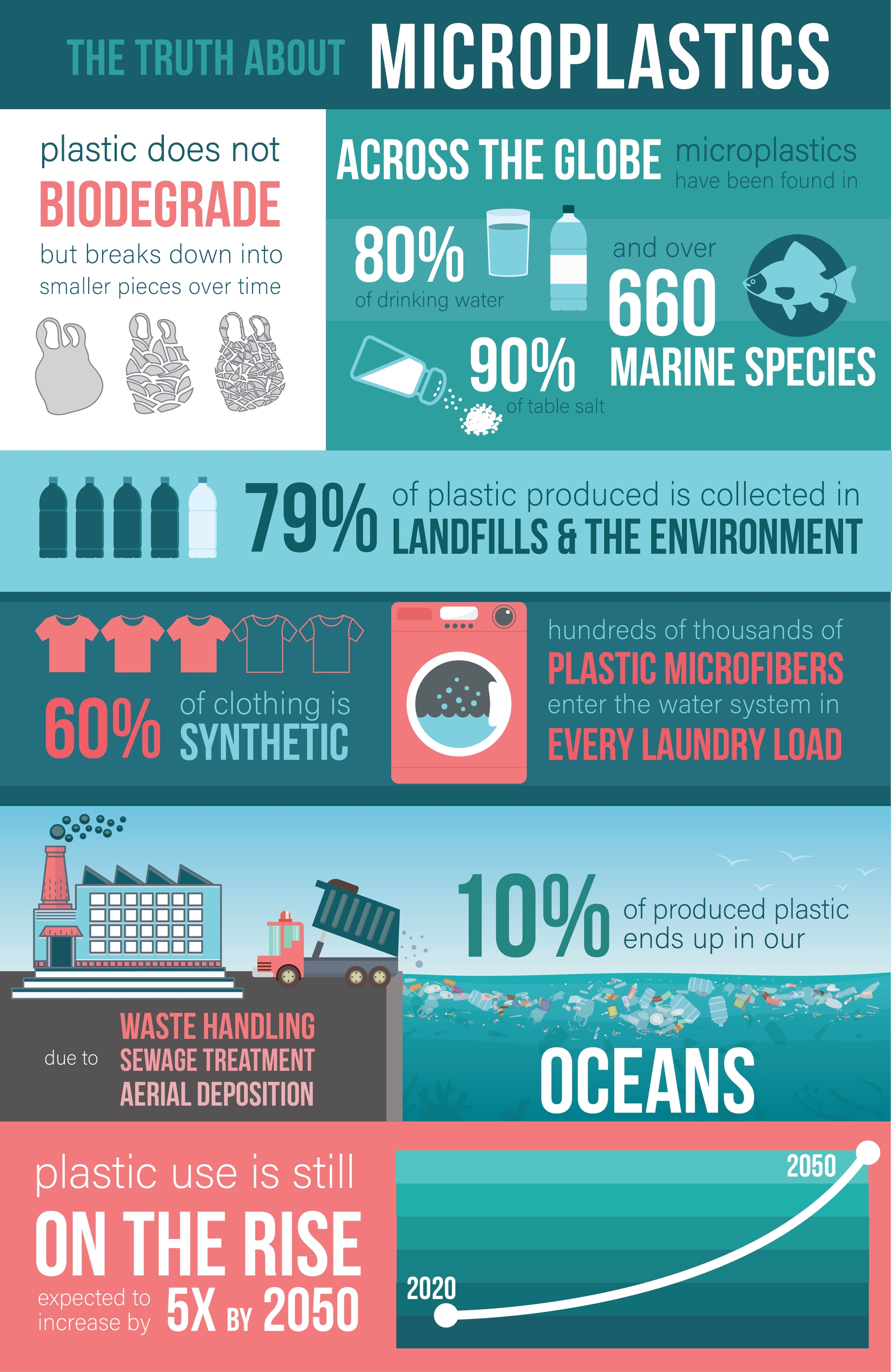
How to Minimize Your Exposure to Plastic Particles
While you may not be able to avoid plastics entirely, there are some steps you can take to minimize your exposure, LaChance and Francis said. This includes:
- Switch to glass or stainless-steel. Instead of storing food in plastic Tupperware or drinking from plastic bottles, consider using glass or stainless-steel alternatives. Switch to reusable water bottles made of stainless-steel or glass. Be sure to wash these regularly to avoid bacterial growth.
- Use filters. In your home, consider using charcoal filters, which can help remove some contaminants from tap water. Other more expensive options include reverse osmosis filters, which may be able to remove PFAS and other plastic-like contaminants.
- Choose reusable items. Ditch plastic bags, straws, utensils, and other single-use plastics. Carry reusable shopping bags, avoid plastic produce bags, and avoid using plastic utensils and straws whenever possible.
- Avoid microwaving in plastic. Refrain from microwaving any of your food or beverages in plastic containers, since heat can lead to the release of plastic chemicals like BPA and phthalates into your food.
“There are so many ways to avoid plastics!”
LaChance said. “But truly, the best thing to do would be to take part in collective action to get governments and businesses to care about this issue.”
What This Means For You
New research shows that bottled water contains tens of thousands of tiny plastic particles. To minimize exposure, experts recommend avoiding plastic altogether—as much as possible.
Body-Field Scan
Ready to find out what's impacting your energy levels by using our bioenergetic scanning technology. Check out your body’s energy with a Body-Field scan and gain deeper insight into your holographic self with our certified Bioenergetic Practitioner. For an In-Clinic visit click here, or, for a Telehealth (remote) session click here.
We offer a completely new, alternative and bioenergetic healthcare approach based on 21st century science, technology and quantum physics with personalized, holistic therapy solutions such as, our unique BioScalar Infusion℠ therapy, NES body-field scan technology, miHealth biofeedback, PEMF, Rife and Vibroacoustic (VAT) therapies that can restore optimal health and well-being throughout the body, mind and spirit in the most natural way. Let us help you restore your health and energy!



